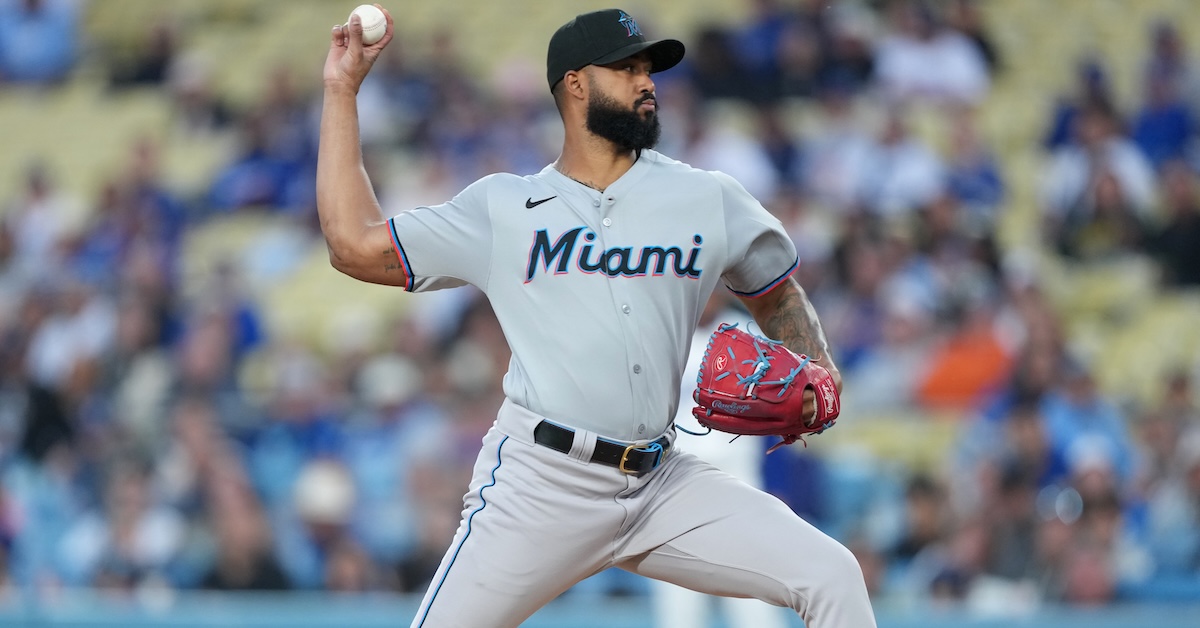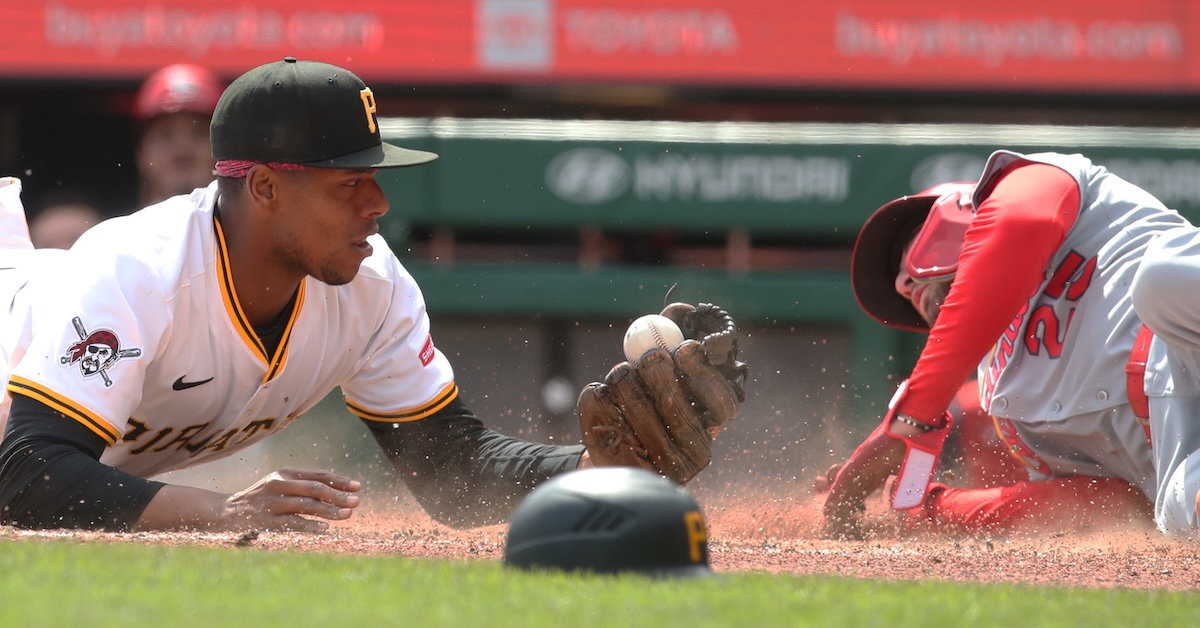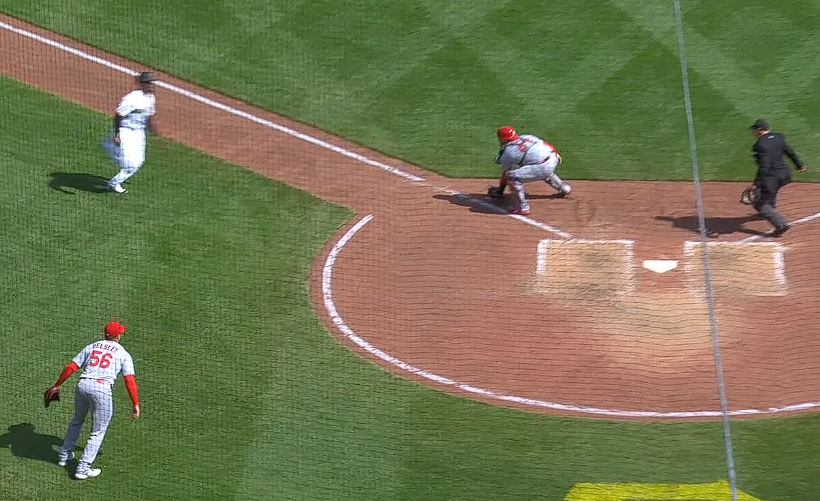Direct links to applications (please see job details below):
Senior Data Scientist
Baseball Analyst
Senior Data Scientist
Location: Miami · FL
Company Overview
At the Miami Marlins, we make waves — on and off the field.
We’re built for sustainable success thanks to our commitment to be great teammates, bold innovators, and thinking long-term. These three pillars guide us in championing a winning culture across the organization. The work we do doesn’t just impact our team — it reaches fans and communities across South Florida.
Position Summary
As a Senior Data Scientist in Baseball Research, you will be responsible for supporting the department in developing sophisticated statistical models, advancing our ability to forecast player performance, and translating insights into actionable recommendations for the Miami Marlins front office. This role involves prioritizing and executing research requests, creating innovative models, and collaborating with other departments across baseball operations. Strong statistical modeling skills, technical expertise, ability to communicate to technical and non-technical audiences, and a passion for baseball are essential for success in this position.
Essential Functions
- Construct advanced statistical models to support decision-making within Baseball Operations.
- Convert key baseball (and physical) concepts into metrics, features, and insights for consumption by the Baseball Solutions and Baseball Research departments, as well as those outside of R&D.
- Develop and maintain production pipelines for daily implementation of statistical models.
- Collaborate with other analysts, engineers, and stakeholders to identify opportunities for improvement.
- Manage and clean large datasets from various sources.
- Provide actionable insights through detailed statistical analysis.
- Assist with recruiting and evaluating applicants to join the Baseball Research team.
- Provide mentorship and guidance to other analysts on the Baseball Research team.
- Create and maintain documentation outlining departmental best practices.
Our Values
We Are Great Teammates
- Supports and encourages colleagues.
- Provides and receives feedback without judgement or ego.
- Holds one another to a high standard.
- Provides help and encouragement proactively.
- Assumes positive intentions from others.
- Looks for ways to help make their teammates better.
We Are Innovators
- Embraces a growth mindset.
- Challenges conventional wisdom.
- Unafraid to fail.
- Pushes boundaries and doesn’t accept impossible.
- Asks why and asks why not.
We Think Long-Term
- Asks: what can I do today that will pay off a year from now.
- Eschews instant gratification for bigger benefits in the future.
- Always trying to think three steps ahead.
Skill Requirements
- Expertise in advanced modeling approaches (Bayesian methods, neural networks, time-series forecasting)
- Experience with probabilistic programming languages (Stan, PyMC)
- Strong analytical and problem-solving skills.
- Strong proficiency in programming languages such as Python, R, and SQL.
- Excellent written and verbal communication skills.
- Excellent written and verbal communication skills.
- Ability to manage multiple tasks and meet deadlines.
- Collaborative mindset and willingness to work in a team environment.
- Willingness to relocate to Miami and commute to loanDepot Park.
- Familiarity with public baseball research.
- Experience with Git and cloud-based computing.
- Demonstrated mentorship experience is preferred.
Education & Experience Guidelines
- Bachelor’s degree in Statistics, Mathematics, Data Science, or a related quantitative field. Graduate degree is preferred.
- 5+ years of experience in a data analysis role is preferred.
- Note that education may be considered in lieu of experience and vice-versa.
- Extensive experience in a baseball or sports-related environment is preferred.
Work Environment
- Ability to work flexible hours, including evenings, weekends, and holidays as needed.
- Occasional travel may be required.
- Standard office working conditions with extended periods of sitting and working on a computer.
We are an equal opportunity employer and all qualified applicants will receive consideration for employment without regard to race, color, religion, national origin, sex, sexual orientation, age, disability, gender identity, marital or veteran status, or any other protected class.
Job Questions
- Provide a link to your favorite piece of baseball research. It can be a blog post, Twitter thread, peer-reviewed article, or anything else. Include a brief summary of your key takeaways, along with any improvements you would suggest or further research you would like to complete. Please limit your response to 200 words or less.
To Apply:
To apply, please follow this link.
Baseball Analyst
Location: Miami · FL
Company Overview
At the Miami Marlins, we make waves — on and off the field.
We’re built for sustainable success thanks to our commitment to be great teammates, bold innovators, and thinking long-term. These three pillars guide us in championing a winning culture across the organization. The work we do doesn’t just impact our team — it reaches fans and communities across South Florida.
Position Summary
As a Baseball Analyst in either Baseball Solutions or Baseball Research, you will be responsible for supporting the department in developing sophisticated statistical models, advancing our ability to forecast player performance, and translating insights into actionable recommendations for the Miami Marlins front office. These roles involve prioritizing and executing research requests, creating innovative models, and collaborating with other departments across baseball operations. Strong statistical modeling skills, technical expertise, ability to communicate to technical and non-technical audiences, and a passion for baseball are essential for success in these positions. Note that these are two separate positions, and applicants will automatically be considered for both positions.
Essential Functions
- Construct advanced statistical models to support decision-making within Baseball Operations.
- Convert key baseball (and physical) concepts into metrics, features, and insights for consumption by the Baseball.
- Solutions and Baseball Research departments, as well as those outside of R&D.
- Develop and maintain production pipelines for daily implementation of statistical models.
- Collaborate with other analysts, engineers, and stakeholders to identify opportunities for improvement.
- Manage and clean large datasets from various sources.
- Provide actionable insights through detailed statistical analysis.
- Assist with recruiting and evaluating applicants to join the Baseball Research team.
- Create and maintain documentation outlining departmental best practices.
Our Values
We Are Great Teammates
- Supports and encourages colleagues.
- Provides and receives feedback without judgement or ego.
- Holds one another to a high standard.
- Provides help and encouragement proactively.
- Assumes positive intentions from others.
- Looks for ways to help make their teammates better.
We Are Innovators
- Embraces a growth mindset.
- Challenges conventional wisdom.
- Unafraid to fail.
- Pushes boundaries and doesn’t accept impossible.
- Asks why and asks why not.
We Think Long-Term
- Asks: what can I do today that will pay off a year from now.
- Eschews instant gratification for bigger benefits in the future.
- Always trying to think three steps ahead.
Skill Requirements
- Proficiency in programming languages such as Python, R, and SQL.
- Experience in advanced modeling approaches preferred (Bayesian methods, neural networks, time-series forecasting)
- Experience with probabilistic programming languages preferred (Stan, PyMC)
- Strong analytical and problem-solving skills.
- Excellent written and verbal communication skills.
- Ability to manage multiple tasks and meet deadlines.
- Collaborative mindset and willingness to work in a team environment.
- Willingness to relocate to Miami and commute to loanDepot Park.
- Familiarity with public baseball research.
- Experience with Git and cloud-based computing preferred.
Education & Experience Guidelines
- Bachelor’s degree in Statistics, Mathematics, Data Science, or a related quantitative field. Graduate degree is preferred, or equivalent real-world experience
- 0-2 years of experience in a data analysis role
- Note that education may be considered in lieu of experience and vice-versa.
- Experience in a baseball or sports-related environment is preferred.
Work Environment
- Ability to work flexible hours, including evenings, weekends, and holidays as needed.
- Occasional travel may be required.
- Standard office working conditions with extended periods of sitting and working on a computer.
We are an equal opportunity employer and all qualified applicants will receive consideration for employment without regard to race, color, religion, national origin, sex, sexual orientation, age, disability, gender identity, marital or veteran status, or any other protected class.
Job Questions:
- Provide a link to your favorite piece of baseball research. It can be a blog post, Twitter thread, peer-reviewed article, or anything else. Include a brief summary of your key takeaways, along with any improvements you would suggest or further research you would like to complete. Please limit your response to 200 words or less.
To Apply:
To apply, please follow this link.
The content in this posting was created and provided solely by the Miami Marlins.










